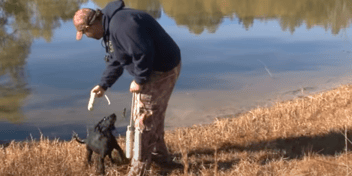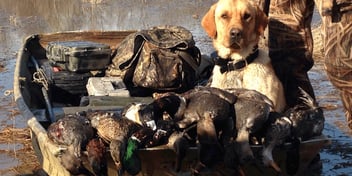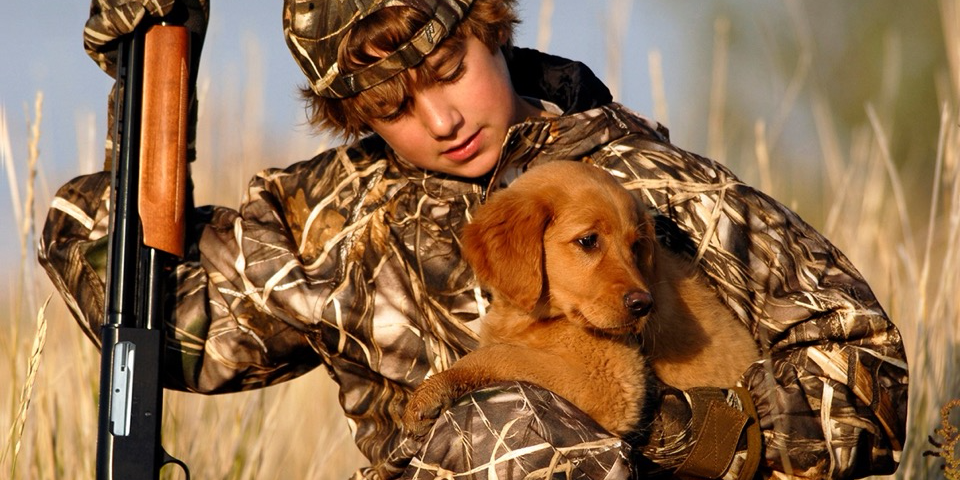
Developing a pup into a top-notch hunting dog is an act of love and commitment. While impeccable breeding is paramount in choosing your pup, how you mold your puppy in the early weeks and months will truly impact the result. It is the belief in the Pike household that hunting dogs are pets as well as hunting tools.
Dogs are pack animals and will perform out of love just as much as they perform out of duty. Creating a balance between those worlds takes time and patience, but you can indeed achieve both. So, how do you train a puppy to hunt?
This is in no way to insinuate that I am a professional dog trainer or bird hunter. It does, however, give some solid tips as to how to bridge that gap between pet owner and hunter in the early weeks of the puppy's life.
Play & Build the "Pack"
Puppies play. It’s in their job description. It also helps them sort out the pecking order between other dogs in the household and the alpha humans. Provide soft toys, play, pet, cuddle, and love. Expose them to many different environments and situations. Work on soft training such as “no” and potty training early. Biting, even playful biting is absolutely forbidden and tug-o-war play is not at all conducive to training.
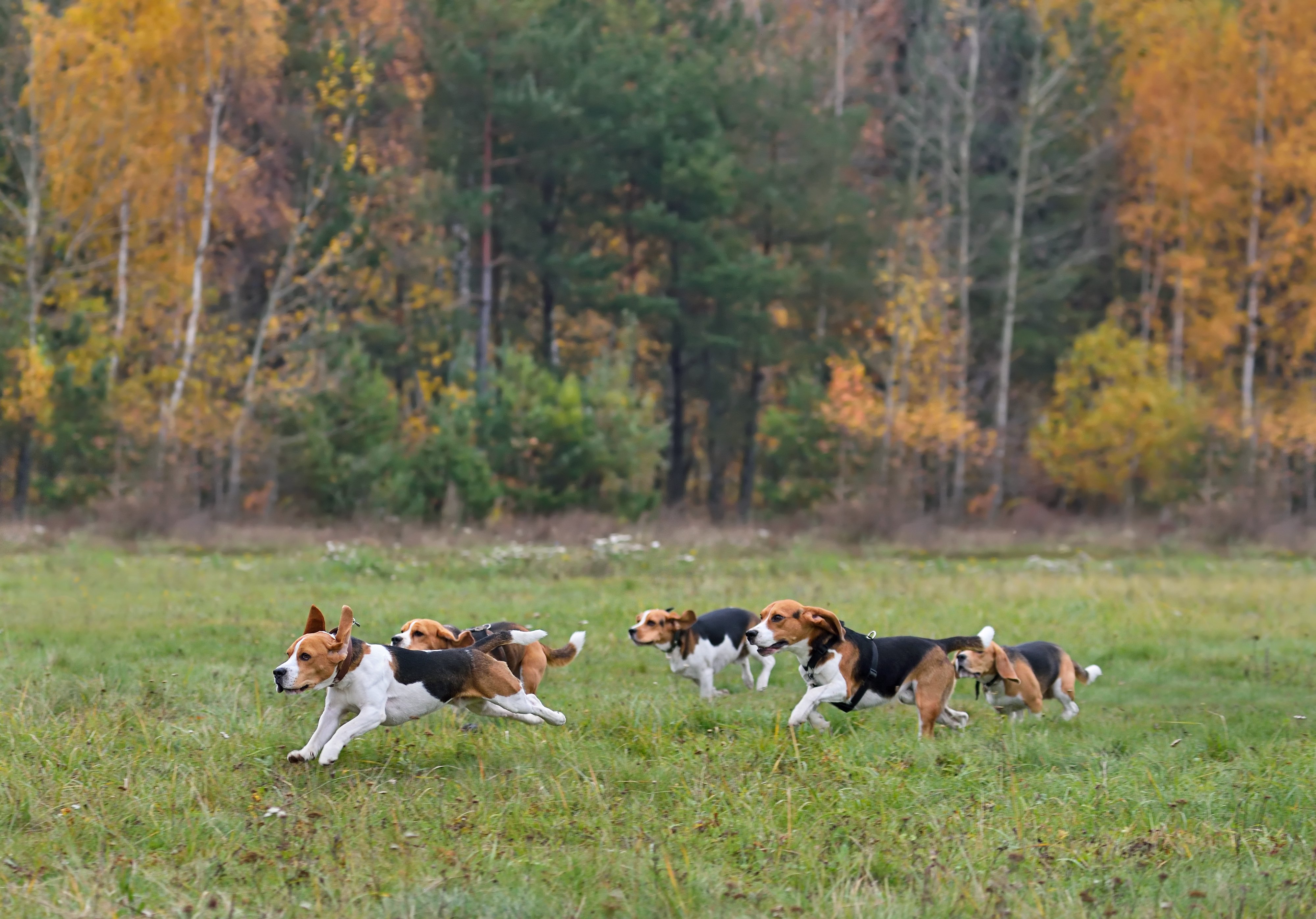
Good Nutrition
At the Pike House, we endorse Life’s Abundance feed, but any quality puppy food that your veterinarian or breeder recommends will be great. Just avoid the very discounted brands as the quality is poor.
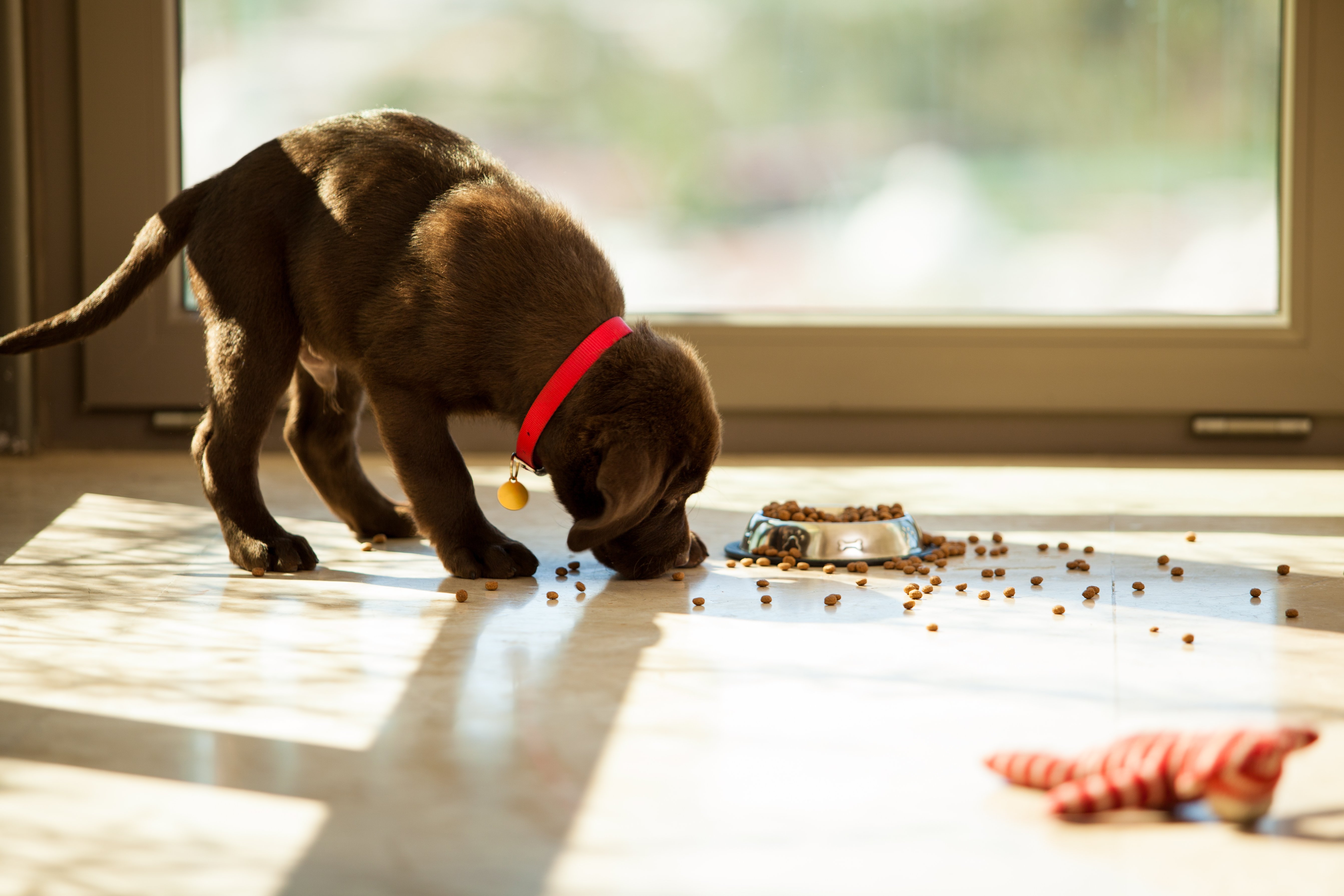
Calmness
Enforce short periods of "alert calmness". Keep the pup alert and at your side without playing or petting. This will slowly enforce good attention from the “heel” position. Keep these sessions short and build in length as the pup ages.
The Foundation
Around 12 weeks, begin working on the foundations slowly. Sit, Stay and Come can be taught. Show him/her what the command means, but do not go overboard. Reward the good behavior and reinforce compliance.
Retrieval
Work on early retrieval. Again, do not take it to extremes with a puppy. Isolate the pup to a hallway with closed doors or another confined area that has less distraction. Throw the dummy 2-3 times. Take the dummy away while the pup is still interested. Do not keep up the exercise until he/she loses interest. Often, we will put the dummy where the puppy can see it just to keep him even more interested but never left to play with or chew on.
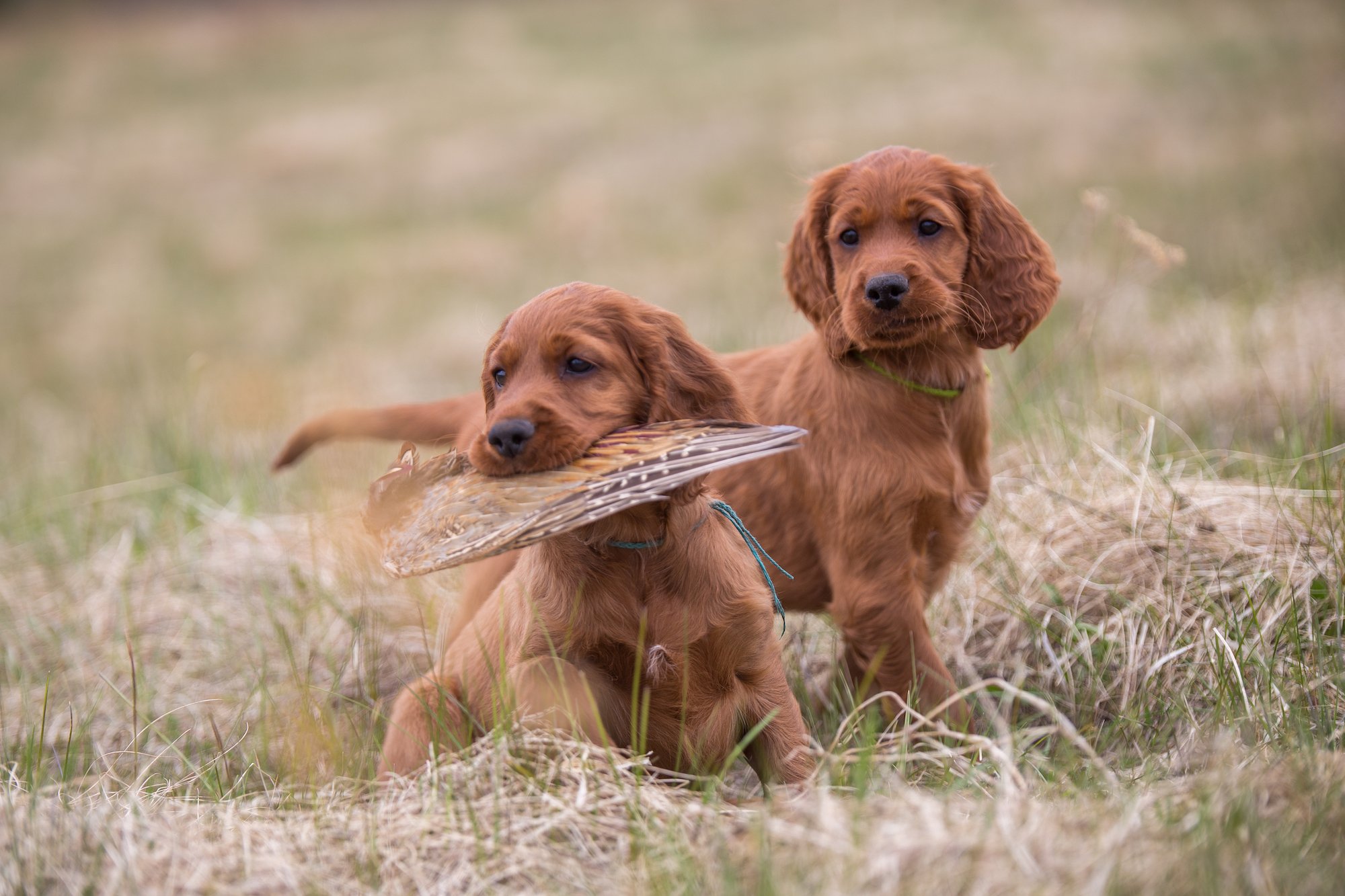
Common Commands
Build commands off of single words. This keeps the response speedy and understood. For example- “come” will be much more effective than “come here now sweet boy”. Single-word commands are better understood in the field and will result in a better response from the dog.
Anger Control
Avoid getting angry during training. This will result in the pup fearing the sessions rather than anticipating the work.
Exposure
Expose the pup to wings early. Use wings for retrieval as soon as the pup is retrieving. Do not ever allow the pup to chew on wings.
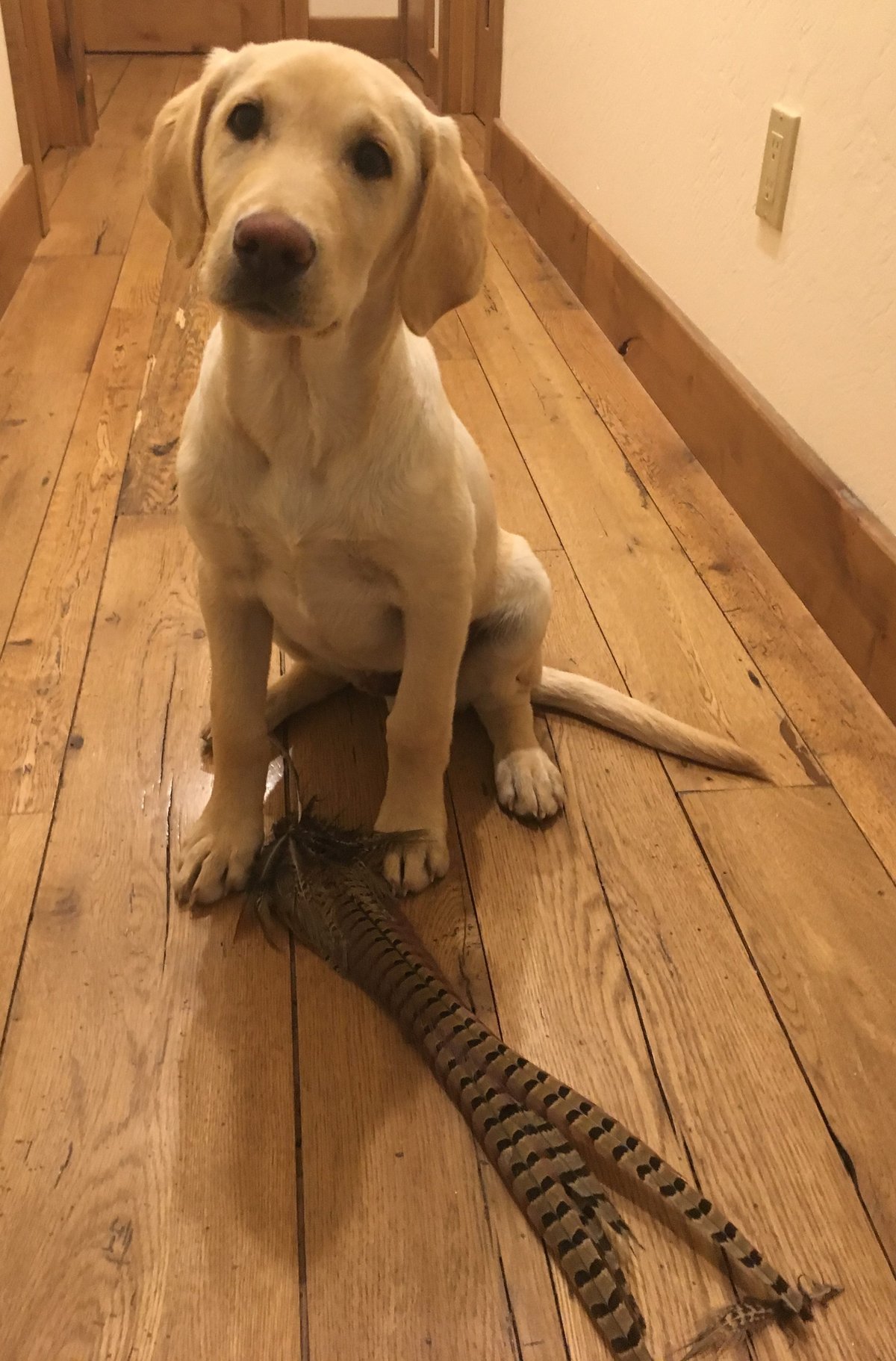
In time, use the wings for building the pup's nose. As with most soft training at an early age, do not overdo this. Throw the wing once or twice and take it away. Keep the pup interested and tuned in.
More advanced training will need to be introduced as the pup matures. These are simply some quick tips that can help build a good, solid foundation to build formal training strategies. Work hard to avoid puppy burn out- which results in an overall lack of interest from the pup. Play and love are so very important in the early weeks to build the bond, so avoid intense training in these early days. The result will be an eager pup that is prime to train.
Need more tips? Check out this free Mossberg eBook!
About the Author



